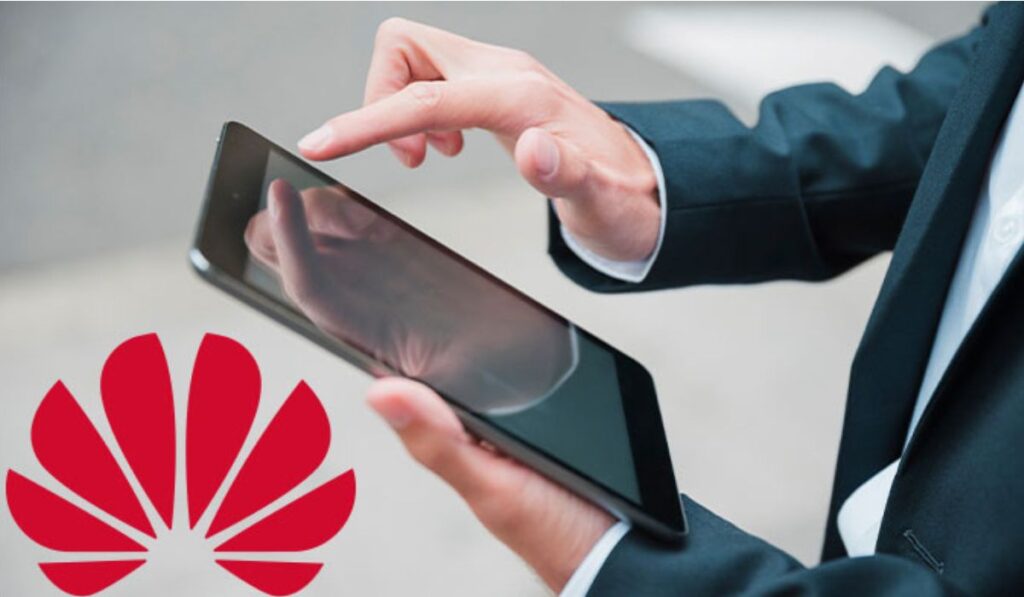Introduction
The phrase “Google dice adios a Huawei” has taken the tech world by storm. In 2019, Google officially severed ties with Huawei due to sanctions imposed by the U.S. government. This decision resulted in Huawei losing access to key Google services, including Google Play Store, Gmail, and YouTube. The move left millions of Huawei users without access to the Android ecosystem they were familiar with. It also reshaped the smartphone landscape, with Huawei developing its operating system, HarmonyOS. In this article, we’ll explore how the breakup unfolded, its impact on the global smartphone market, and what it means for Huawei users moving forward.
Why Did Google Cut Ties with Huawei?
The breakup between Google and Huawei was rooted in political and security concerns. In May 2019, the U.S. government blacklisted Huawei due to fears that the company’s equipment could be used for espionage. As a result, American companies, including Google, were forced to comply with the ban. Google’s decision to cut ties with Huawei meant that Huawei could no longer pre-install Google apps on its smartphones. This move was a major blow to the tech giant, as Google’s services are critical to the Android experience. Without Google’s support, Huawei had to rethink its strategy and create alternatives to maintain its user base.
The Immediate Impact on Huawei Users
google-dice-adios-a-huawei: The split between Google and Huawei had immediate repercussions for Huawei smartphone users. Devices launched before the ban were unaffected, but new Huawei phones could no longer come with Google apps or access to the Google Play Store. This meant that users had to rely on Huawei’s AppGallery, which lacked the same extensive library of apps. Many users found it difficult to adjust to this new ecosystem, as Google apps like Gmail, YouTube, and Google Maps are essential for daily use. Although Huawei offered alternatives, the absence of Google’s services significantly affected the appeal of its new smartphones.
Huawei’s Response: Enter HarmonyOS
After Google parted ways with Huawei, the company was quick to respond by launching its own operating system, HarmonyOS. This new system was designed to replace Android on Huawei devices. HarmonyOS allows Huawei to offer a seamless experience across its smartphones, tablets, and smart devices. Despite this move, many users and developers remain skeptical, as HarmonyOS lacks the widespread app support that Android offers. The success of HarmonyOS depends largely on whether Huawei can convince developers to create apps for its platform and if users are willing to switch from the familiar Android experience to something new.
How the Smartphone Market Has Changed
The departure of Google from Huawei’s ecosystem has had a ripple effect on the global smartphone market. Huawei was once the second-largest smartphone manufacturer in the world, but after losing access to Google’s services, its market share began to plummet. Competitors like Samsung, Xiaomi, and Oppo quickly filled the void left by Huawei, offering Android phones with full access to Google services. Additionally, Huawei faced challenges in regions where Google apps are widely used, like Europe and Latin America. The shift has led to a more competitive smartphone market, with Huawei focusing more on its domestic market in China.
What Does This Mean for Android Users?

For users who rely on Android devices, the split between Google and Huawei highlights the importance of Google services in the smartphone ecosystem. The majority of Android users depend on the Play Store for app downloads, Google Maps for navigation, and Gmail for communication. Losing access to these services has been a significant disadvantage for Huawei devices. For Android users outside of Huawei’s ecosystem, this development underscores how dependent the Android experience is on Google. The incident has also raised questions about the future of Android, should other manufacturers face similar restrictions.
Huawei’s Strategy Moving Forward
In the wake of Google’s departure, Huawei has focused on building its ecosystem with HarmonyOS and its AppGallery app store. Huawei is also investing heavily in the development of its own hardware, including chips, to reduce reliance on foreign suppliers. Moreover, the company has turned its attention toward other tech sectors, including 5G networks, artificial intelligence, and cloud computing. Although Huawei’s smartphone sales have declined in international markets, the company remains a major player in the tech industry, particularly in China. Moving forward, Huawei’s ability to innovate and adapt will be key to its survival in a post-Google world.
What Consumers Should Know Before Buying a Huawei Phone
For consumers considering purchasing a Huawei phone, it’s important to understand what the lack of Google services means. Without access to the Google Play Store, users must rely on Huawei’s AppGallery for app downloads, which may not have all the apps you’re used to. Popular apps like Google Maps, Gmail, and YouTube are unavailable on new Huawei devices. However, Huawei has worked hard to build alternatives, such as its own mapping app and email service. If you’re willing to navigate a new ecosystem and are not dependent on Google apps, a Huawei phone may still be a viable option.
Conclusion:
“Google dice adios a Huawei” marked a major turning point in the smartphone industry. The loss of Google services has forced Huawei to reimagine its place in the global market, leading to the development of HarmonyOS and the expansion of its app store. While Huawei continues to thrive in China, its international presence has been significantly affected by the breakup. For users, this situation highlights how deeply integrated Google’s services are within the Android ecosystem. Moving forward, Huawei’s success will depend on its ability to innovate, gain user trust, and adapt to life without Google.
FAQs
1. Why did Google end its partnership with Huawei?
Google cut ties with Huawei due to U.S. government sanctions, which raised concerns over national security.
2. Will I lose access to Google services if I buy a Huawei phone?
Yes, new Huawei devices do not come with Google services like the Play Store, Gmail, or YouTube pre-installed.
3. What is HarmonyOS?
HarmonyOS is Huawei’s operating system, developed to replace Android on its devices after losing access to Google services.
4. Can I still use apps like Gmail and YouTube on a Huawei phone?
These Google apps are not available on new Huawei phones. However, Huawei has developed its own alternatives for email, maps, and more.
5. Is Huawei still a good choice for smartphones?
Huawei phones remain high-quality, but they lack Google services. If you don’t rely on Google apps, they can still be a good option.










































